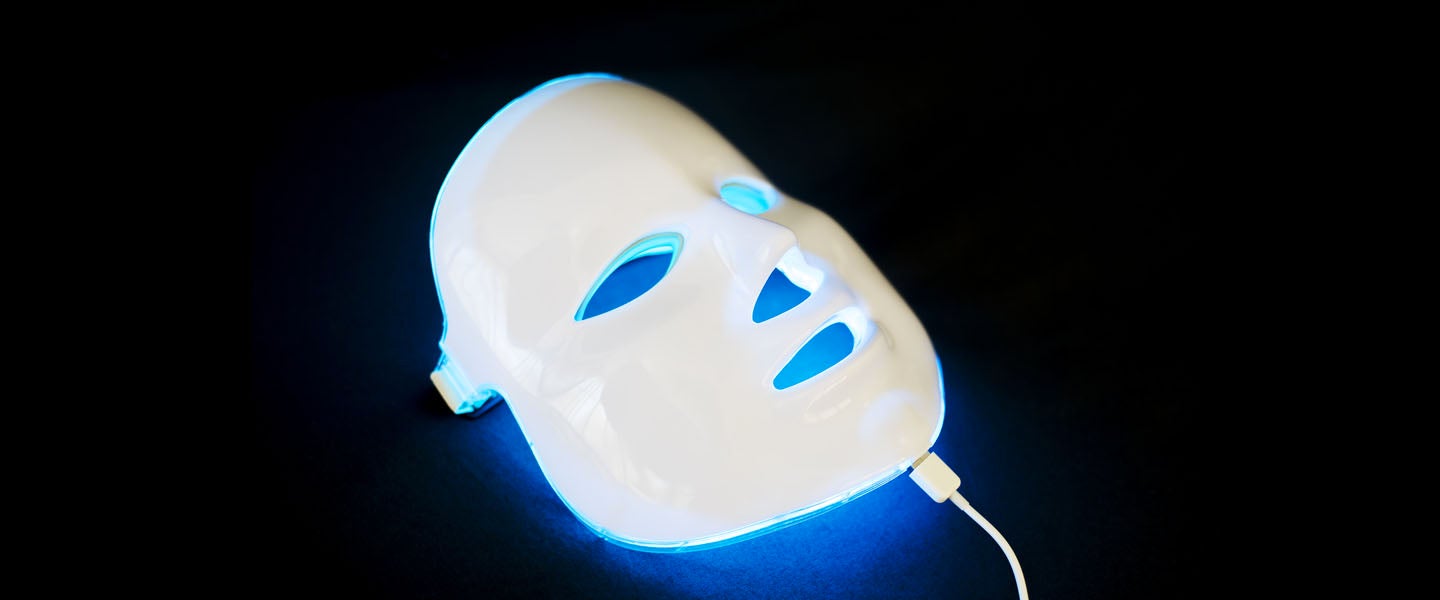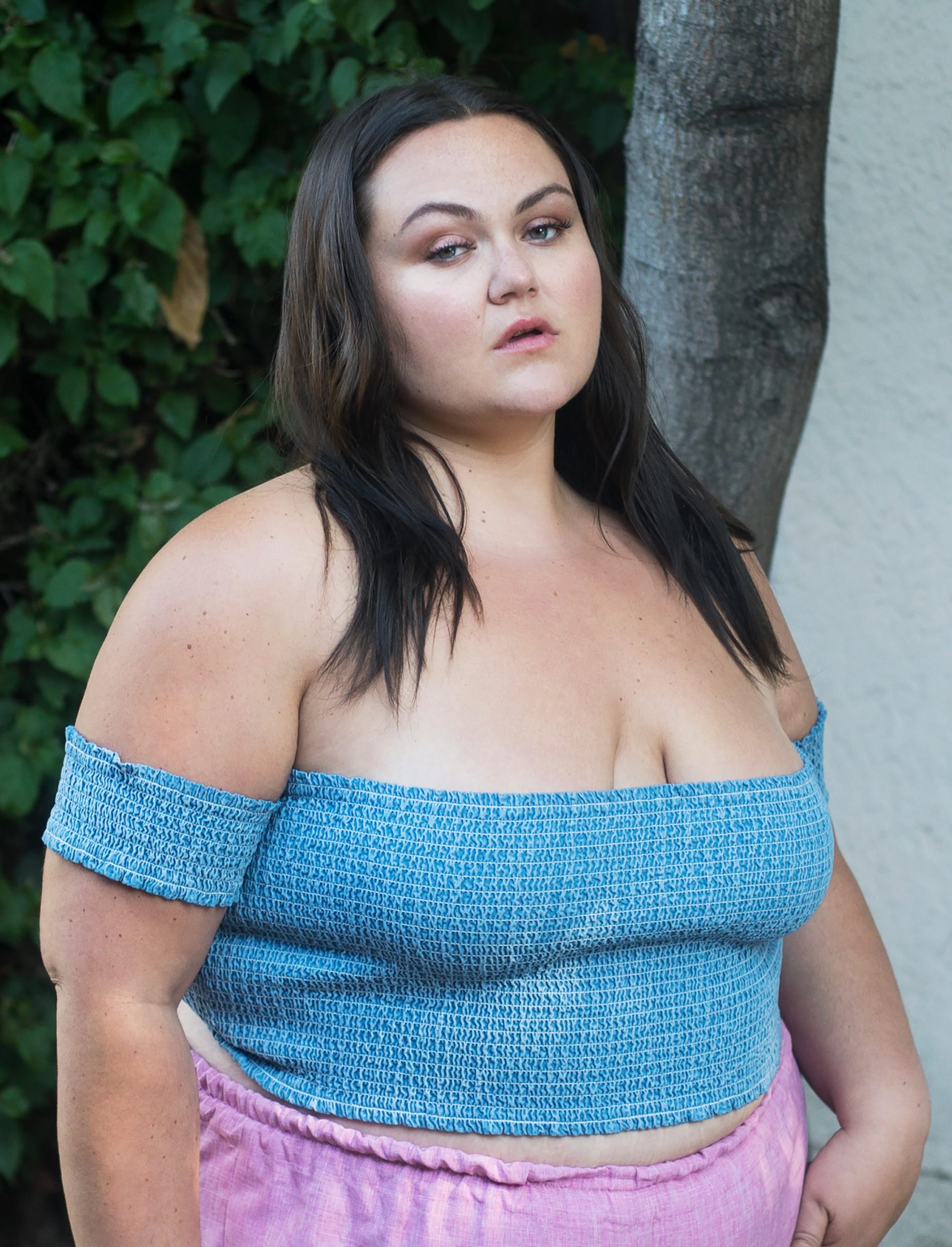For good reason, the sun gets a bad rap. Case in point: Skin cancer. But that doesn’t mean all light is bad. Case in point: Photosynthesis. In fact, beyond plants, light is an essential part of making everything in nature grow — including your skin cells. So much so that low-light LED therapy is now among the most popular ways to clear acne, prevent wrinkles and improve the overall vitality of your skin.
The technology has existed for about 50 years, but at-home usage has become much more popular over the last decade, as personal devices such as the LightStim have made LED treatments once confined to the dermatologist’s office both cheap (a typical device is about $169) and accessible (again, no doctor necessary). Not to mention, it’s ridiculously easy to use — essentially, you plug the device into an outlet and hold its panel up to your different facial zones for a few minutes at a time. (It kinda looks like a facial brush, but instead of a scrubby head, there’s a small panel of light.)
If skin care isn’t your thing, LED light therapy might also be an effective way to manage physical pain because of its anti-inflammatory properties. You basically use the device the same way, but you you hold it to your knees, elbow or neck rather than against your face.
As for the lights themselves, they’re actually visible — as compared to infrared, which is invisible — and they come in shades like red, blue, yellow and orange. Each color has its own beneficial properties, some of which overlap. In professional esthetician and dermatologist offices, they emanate from big, vibrant panels that look more like party decorations than medical-grade tools. At home, meanwhile, they can glow from beneath what looks like a Michael Myers Halloween mask.
For the most part, the science behind them is sound — e.g., they’re FDA approved — but for a professional opinion about their efficacy, I consulted two skin-lighting experts: Dr. Anthony Rossi, a dermatologist in New York City; and Andrea Amez, a holistic esthetician at Skin Worship in Beverly Hills, the facial studio where just about every influencer in L.A. goes to get camera ready.
Rossi: Blue and red lights are both part of the visible length spectrum, and both have properties that can be beneficial to your skin. Blue light, for example, can be antimicrobial and has been shown to reduce the number of P.acnes, which we know is a bacteria that causes acne.
There hasn’t been a great study about the true efficacy of the anti-aging properties of LED light, but dermatologists do use light therapy for photorejuvenation, paired with certain types of medications we apply to the face. Sometimes we use chemicals that get photoactivated by these lights. The photochemical reaction causes the skin to turn over and rejuvenate. It can also kill precancerous cells. Similarly, it’s good for patients with acne who don’t want to take pills or who aren’t responding to topical creams. We use certain chemical photosynthesizers plus the blue light to help get rid of their acne lesions or to reduce their cystic acne.
Of course, the light machines in our office have a higher intensity than the at-home versions. So the at-home devices aren’t going to give you drastic results, but they can be preventatively effective.
Amez: LED lights are like boosters for your skin. They deliver light energy in a way similar to how plants absorb light from the sun. They penetrate skin cells at the molecular level and encourage them to communicate and function properly.
The light treatment is beneficial overall, but if you’re looking to diminish wrinkles, the red light is your best friend. The yellow light, meanwhile, encourages wound healing and collagen induction. Collagen is a protein that improves skin elasticity and glowiness. The yellow light is also known to trigger the lymphatic system. I don’t use that one often, but I’m super partial to the blue and green lights, especially because I see a lot of clients who have acne or hormonal acne. Blue and green are amazing for cutting that redness and inflammation down since they’re both antibacterial and antimicrobial. Same for rosacea. If you look at basic color principles, blue and green just calm down the red.
Generally speaking, it goes like this: Blue is good for scar healing. Green is good for tightening and repairing. And the red is good for muscle and joint health. Personally, I think red-light treatment should just be a regular thing, in the way that people are now making CBD lotions for muscle and joint pain part of their routine. In terms of facials, LED therapy is now almost part of any treatment.
Honestly, you can’t go wrong with any of the lights. You can choose whatever color, and it’ll help your skin, even if they each have specific strengths. Better still, this treatment is pretty gentle — you’re not going to feel anything, and it’s not going to hurt. You just need to free up 15 minutes a day to do it.

